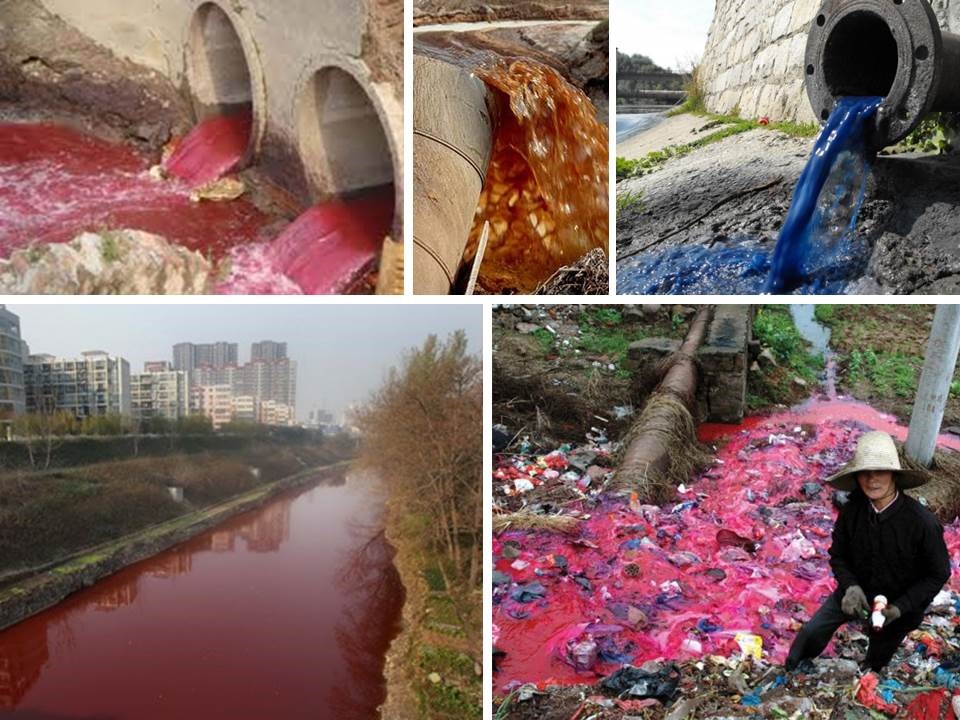Yeast cells are used in many industrial areas, from classical fermentation to produce ethanol or leaven the dough, up to production of vitamins, vaccines and other chemical compounds. A broad range of molecular biology tools developed for yeast cells enables to express foreign genes encoding proteins interesting for the industry and use these modified yeast cells in biotechnological processes.
The goal of our work is to prepare yeasts producing laccases – proteins with enzymatic activity with broad industrial and biotechnological application. They are used in food, paper, and textile industry, as well as for bioremediation purposes.

In our department, we focus on production of recombinant laccases originated from different filamentous fungi in yeasts, which can be used for decolourization of a number of synthetic dyes, often spoiling sewage water produced by textile factories.
 |
 |
|
| A broad range of synthetic dyes, often also toxic and carcinogenic, is present in sewage water from textile factories and spoils the environment. |
Laccases have the ability of decolourization of a number of synthetic dyes, such as Coomassie Brilliant Blue (CB), Bromphenol Blue (BB), Saturn Blue (SB), Methyl Red (MR), Tecofix Rot (TR). In this case, a commercial laccase from Trametes versicolor was used. |